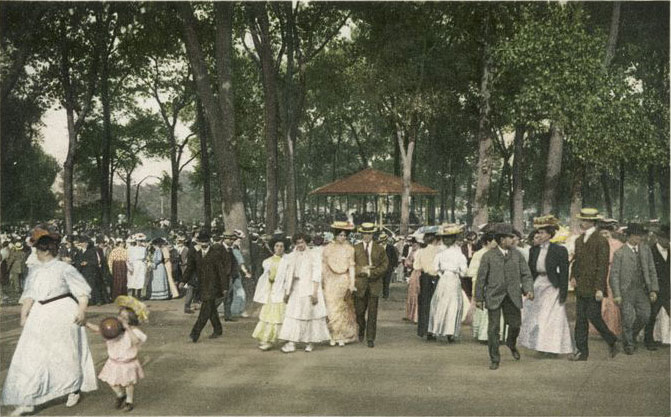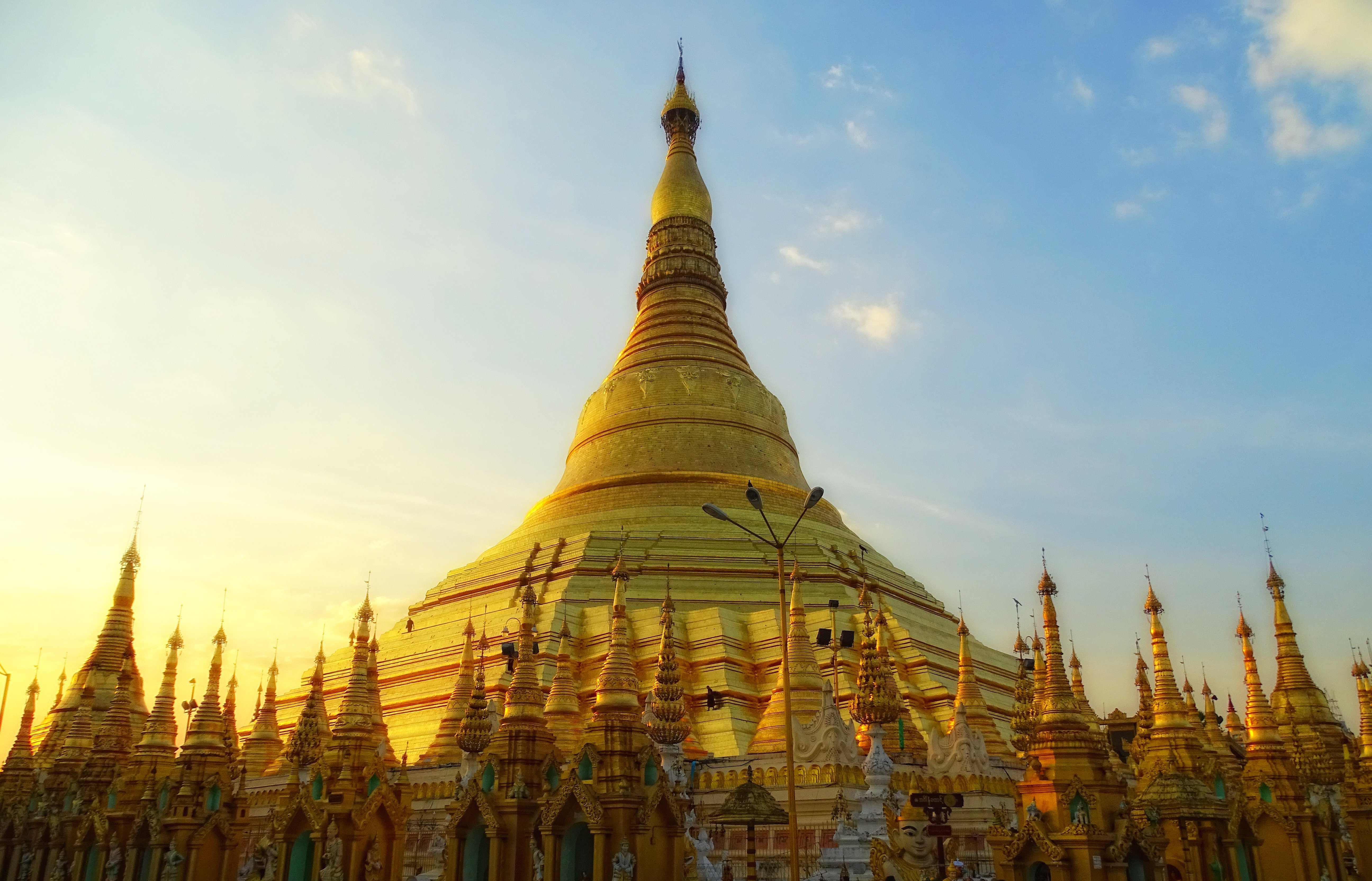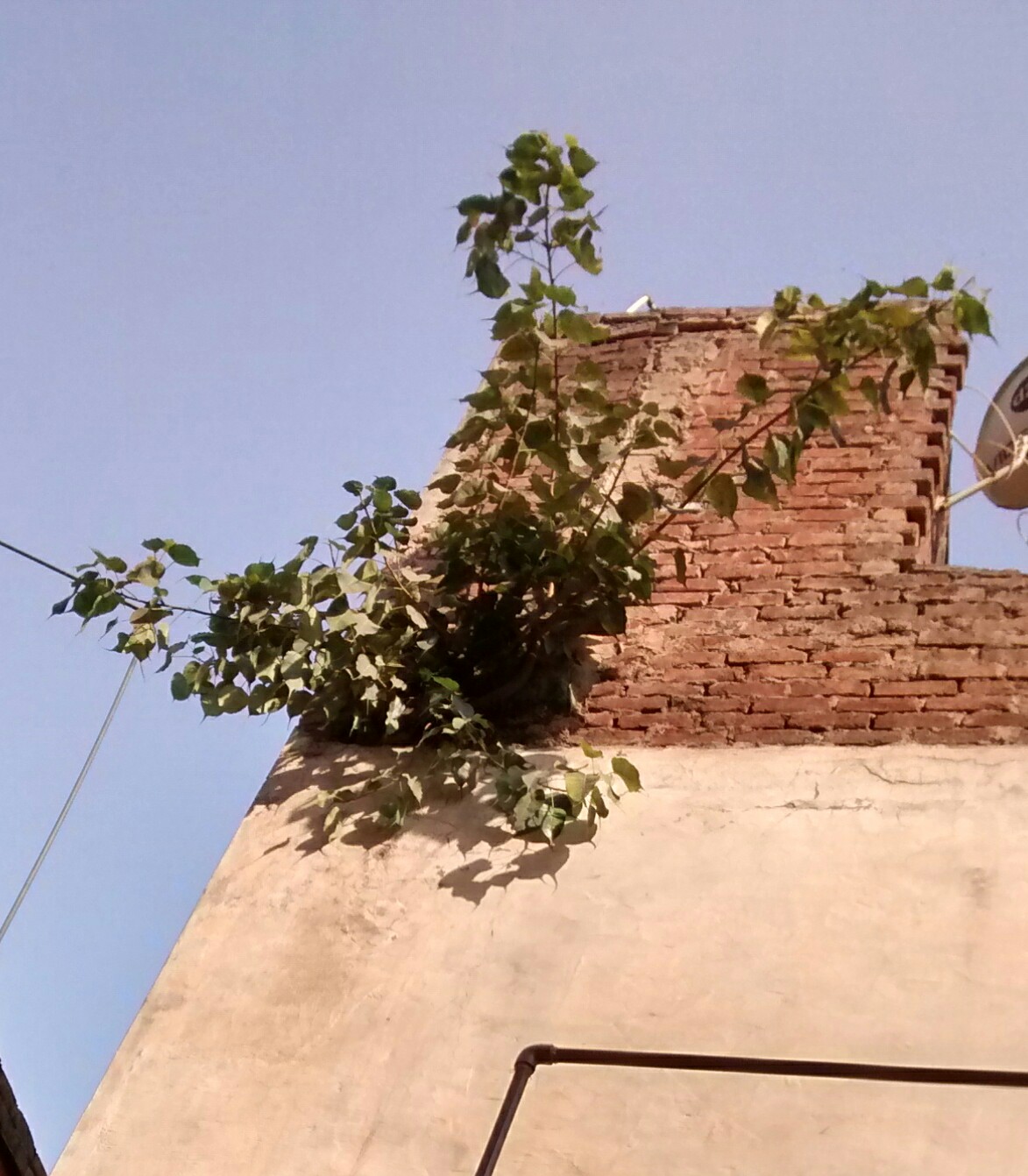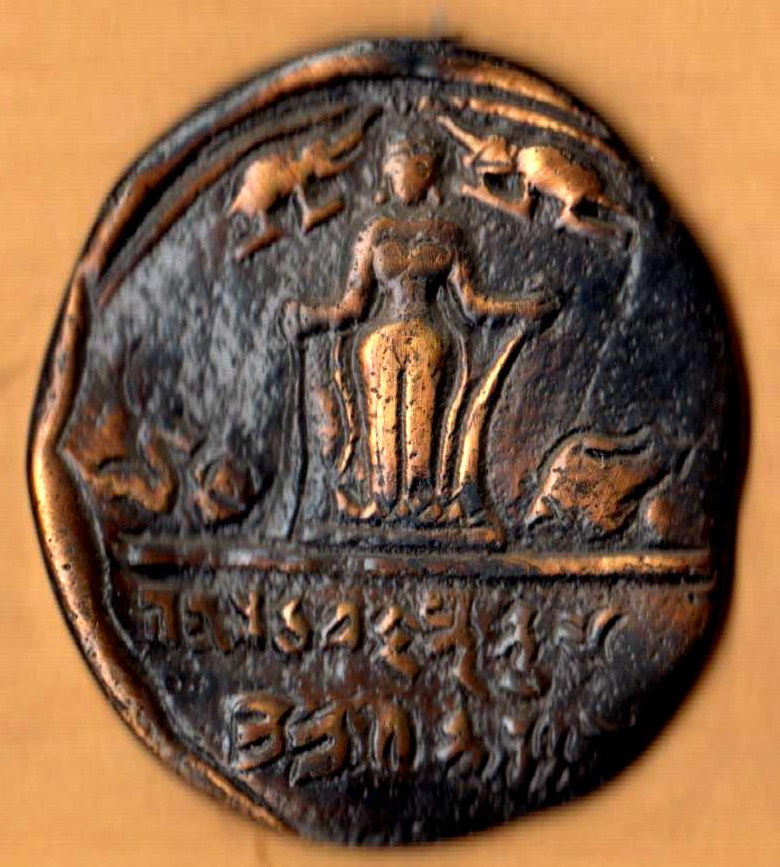|
Buddha Smriti Park
Buddha Smriti Park also known as Buddha Memorial Park (as translated in English) is an urban park located on Frazer Road near Patna Junction in Patna, India. This park has been designed by Vikram Lall and developed by the Bihar Government to commemorate the 2554th birth anniversary of the Buddha. This park was inaugurated by the 14th Dalai Lama. Overview The park has been constructed at the place where once the historical Bankipur Central Jail of British era existed. After a new central jail was built at Beur on the outskirts of Patna, the old jail become redundant. The park is a brainchild of the Chief Minister of Bihar, Nitish Kumar. Tibetan spiritual leader, Dalai Lama, on 27 May 2010 inaugurated Buddha Smriti Park and planted two saplings one was brought from Bodh Gaya and the other from Anuradhapura in Sri Lanka of the sacred Bodhi tree. A branch of the original Mahabodhi tree at Bodh Gaya is believed to have been taken to Anuradhapura in Sri Lanka by Emperor Ashoka's ... [...More Info...] [...Related Items...] OR: [Wikipedia] [Google] [Baidu] |
Urban Park
An urban park or metropolitan park, also known as a city park, municipal park (North America), public park, public open space, or municipal gardens (United Kingdom, UK), is a park or botanical garden in cities, densely populated suburbia and other municipal corporation, incorporated places that offers open space reserve, green space and places for recreation to residents and visitors. Urban parks are generally Landscape architecture, landscaped by design, instead of lands left in their natural state. The design, operation and maintenance, repair and operations, maintenance is usually done by government agencies, typically on the local government, local level, but may occasionally be contracted out to a park conservancy, "friends of" group, or private sector company. Depending on size, budget, and land features, which varies considerably among individual parks, common features include playgrounds, gardens, hiking, running, fitness trails or paths, bridle paths, sports fields and c ... [...More Info...] [...Related Items...] OR: [Wikipedia] [Google] [Baidu] |
Anuradhapura
Anuradhapura (, ; , ) is a major city located in the north central plain of Sri Lanka. It is the capital city of North Central Province, Sri Lanka, North Central Province and the capital of Anuradhapura District. The city lies north of the current capital of Colombo in the North Central Province, on the banks of the historic Malwathu Oya. The city is now a World Heritage Site famous for its well-preserved ruins of the ancient Sinhala Kingdom, Sinhalese civilisation. While ''Mahāvaṃsa'' places the founding of the city in 437 BCE, the site has been inhabited for much longer, making it a major human settlement on the island for almost three millennia and one of the List of oldest continuously inhabited cities, oldest continuously occupied cities in Asia. It is the cradle of the Hydraulic Sinhalese civilisation, Theravada Buddhism, and the longest-serving List of capitals in Sri Lanka, ancient capital of Sri Lanka that has survived for 1500 years. Moreover, it was the first capi ... [...More Info...] [...Related Items...] OR: [Wikipedia] [Google] [Baidu] |
Cetiya
Cetiya, "reminders" or "memorials" (Sanskrit ''caitya''), are objects and places used by Buddhists to remember Gautama Buddha.Kalingabodhi jātaka, as quoted in John Strong, ''Relics of the Buddha'' (Princeton: Princeton University Press, 2004), 19 According to Damrong Rajanubhab, four kinds are distinguished in the Pāli Canon: "Relic hatu Memorial aribhoga Teaching hamma and votive desaka" Griswold, in contrast, states that three are traditional and the fourth, the Buddha Dhamma, was added later to remind monks that the true memory of Gautama Buddha can be found in his teachings. While these can be broadly called Buddhist symbolism, the emphasis tends to be on a historical connection to the Buddha and not a metaphysical one. In pre-Buddhist India ''caitya'' was a term for a shrine or holy place in the landscape, generally outdoors, inhabited by, or sacred to, a particular deity. In the ''Mahāyāna Mahāparinirvāṇa Sūtra'', near the end of his life the Buddha remarks t ... [...More Info...] [...Related Items...] OR: [Wikipedia] [Google] [Baidu] |
Ficus Religiosa
''Ficus religiosa'' or sacred fig is a species of fig native to the Indian subcontinent and Indochina that belongs to Moraceae, the fig or mulberry family. It is also known as the bodhi tree, bo tree, peepul tree, peepal tree, pipala tree or ashvattha tree (in India and Nepal). The sacred fig is considered to have a religious significance in four major religions that originated on the Indian subcontinent: Hinduism, Buddhism, Sikhism and Jainism. Hindu and Jain ascetics consider the species to be sacred and often meditate under it. Gautama Buddha is believed to have attained enlightenment under a tree of this species. The sacred fig is the state tree of the Indian states of Odisha, Bihar and Haryana. Description ''Ficus religiosa'' is a large dry season-deciduous or semi-evergreen tree up to tall and with a trunk diameter of up to . The leaves are cordate in shape with a distinctive extended drip tip; they are long and broad, with a petiole. The fruits are small ... [...More Info...] [...Related Items...] OR: [Wikipedia] [Google] [Baidu] |
Buddhism
Buddhism, also known as Buddhadharma and Dharmavinaya, is an Indian religion and List of philosophies, philosophical tradition based on Pre-sectarian Buddhism, teachings attributed to the Buddha, a wandering teacher who lived in the 6th or 5th century Before the Common Era, BCE. It is the Major religious groups, world's fourth-largest religion, with about 500 million followers, known as Buddhists, who comprise four percent of the global population. It arose in the eastern Gangetic plain as a movement in the 5th century BCE, and gradually spread throughout much of Asia. Buddhism has subsequently played a major role in Asian culture and spirituality, eventually spreading to Western world, the West in the 20th century. According to tradition, the Buddha instructed his followers in a path of bhavana, development which leads to Enlightenment in Buddhism, awakening and moksha, full liberation from ''Duḥkha, dukkha'' (). He regarded this path as a Middle Way between extremes su ... [...More Info...] [...Related Items...] OR: [Wikipedia] [Google] [Baidu] |
Nalanda
Nalanda (International Alphabet of Sanskrit Transliteration, IAST: , ) was a renowned Buddhism, Buddhist ''mahavihara'' (great monastery) in medieval Magadha (Mahajanapada), Magadha (modern-day Bihar), eastern India. Widely considered to be among the greatest Ancient higher-learning institutions, centres of learning in the ancient world and often referred to as "the world's first residential university", it was located near the city of Rajagriha (now Rajgir), roughly southeast of Pataliputra (now Patna). Operating for almost a thousand years from 427 CE until around 1400 CE, Nalanda mahavihara played a vital role in promoting the patronage of arts, culture and academics during the 5th and 6th century CE, a period that has since been described as the "Golden Age of India" by scholars. Nalanda was established by emperor Kumaragupta I of the Gupta Empire around 427 CE, and was supported by numerous Indian and Javanese patrons – both Buddhists and non-Buddhists. Nalanda continue ... [...More Info...] [...Related Items...] OR: [Wikipedia] [Google] [Baidu] |
Mahavihara
Mahavihara () is the Sanskrit and Pali term for a great vihara (centre of learning or Buddhist monastery) and is used to describe a monastic complex of viharas. Mahaviharas of India A range of monasteries grew up in ancient Magadha (modern Bihar) and Bengal. According to Tibetan sources, five great mahaviharas stood out during the Pāla period: Vikramashila, the premier university of the era; Nalanda, past its prime but still illustrious, Somapura, Odantapurā, and Jaggadala. The five monasteries formed a network; "all of them were under state supervision" and there existed "a system of co-ordination among them . . it seems from the evidence that the different seats of Buddhist learning that functioned in eastern India under the Pāla were regarded together as forming a network, an interlinked group of institutions," and it was common for great scholars to move easily from position to position among them. Nalanda The famous Nalanda Mahavihara was founded a few centuries earli ... [...More Info...] [...Related Items...] OR: [Wikipedia] [Google] [Baidu] |
Thailand
Thailand, officially the Kingdom of Thailand and historically known as Siam (the official name until 1939), is a country in Southeast Asia on the Mainland Southeast Asia, Indochinese Peninsula. With a population of almost 66 million, it spans . Thailand Template:Borders of Thailand, is bordered to the northwest by Myanmar, to the northeast and east by Laos, to the southeast by Cambodia, to the south by the Gulf of Thailand and Malaysia, and to the southwest by the Andaman Sea; it also shares maritime borders with Vietnam to the southeast and Indonesia and India to the southwest. Bangkok is the state capital and List of municipalities in Thailand#Largest cities by urban population, largest city. Tai peoples, Thai peoples migrated from southwestern China to mainland Southeast Asia from the 6th to 11th centuries. Greater India, Indianised kingdoms such as the Mon kingdoms, Mon, Khmer Empire, and Monarchies of Malaysia, Malay states ruled the region, competing with Thai states s ... [...More Info...] [...Related Items...] OR: [Wikipedia] [Google] [Baidu] |
South Korea
South Korea, officially the Republic of Korea (ROK), is a country in East Asia. It constitutes the southern half of the Korea, Korean Peninsula and borders North Korea along the Korean Demilitarized Zone, with the Yellow Sea to the west and the Sea of Japan to the east. Like North Korea, South Korea claims to be the sole legitimate government of the entire peninsula and List of islands of South Korea, adjacent islands. It has Demographics of South Korea, a population of about 52 million, of which half live in the Seoul Metropolitan Area, the List of largest cities, ninth most populous metropolitan area in the world; other major cities include Busan, Daegu, and Incheon. The Korean Peninsula was inhabited as early as the Lower Paleolithic period. Gojoseon, Its first kingdom was noted in Chinese records in the early seventh century BC. From the mid first century BC, various Polity, polities consolidated into the rival Three Kingdoms of Korea, kingdoms of Goguryeo, Baekje, and Sil ... [...More Info...] [...Related Items...] OR: [Wikipedia] [Google] [Baidu] |
Myanmar
Myanmar, officially the Republic of the Union of Myanmar; and also referred to as Burma (the official English name until 1989), is a country in northwest Southeast Asia. It is the largest country by area in Mainland Southeast Asia and has a population of about 55 million. It is bordered by India and Bangladesh to its northwest, China to its northeast, Laos and Thailand to its east and southeast, and the Andaman Sea and the Bay of Bengal to its south and southwest. The country's capital city is Naypyidaw, and its largest city is Yangon (formerly Rangoon). Early civilisations in the area included the Tibeto-Burman-speaking Pyu city-states in Upper Myanmar and the Mon kingdoms in Lower Myanmar. In the 9th century, the Bamar people entered the upper Irrawaddy River, Irrawaddy valley, and following the establishment of the Pagan Kingdom in the 1050s, the Burmese language and Culture of Myanmar, culture and Buddhism in Myanmar, Theravada Buddhism slowly became dominant in the co ... [...More Info...] [...Related Items...] OR: [Wikipedia] [Google] [Baidu] |
Japan
Japan is an island country in East Asia. Located in the Pacific Ocean off the northeast coast of the Asia, Asian mainland, it is bordered on the west by the Sea of Japan and extends from the Sea of Okhotsk in the north to the East China Sea in the south. The Japanese archipelago consists of four major islands—Hokkaido, Honshu, Shikoku, and Kyushu—and List of islands of Japan, thousands of smaller islands, covering . Japan has a population of over 123 million as of 2025, making it the List of countries and dependencies by population, eleventh-most populous country. The capital of Japan and List of cities in Japan, its largest city is Tokyo; the Greater Tokyo Area is the List of largest cities, largest metropolitan area in the world, with more than 37 million inhabitants as of 2024. Japan is divided into 47 Prefectures of Japan, administrative prefectures and List of regions of Japan, eight traditional regions. About three-quarters of Geography of Japan, the countr ... [...More Info...] [...Related Items...] OR: [Wikipedia] [Google] [Baidu] |
Vaishali (ancient City)
Vaishali, Vesali or Vaiśālī was an ancient city located north of Patna in present-day Bihar, India. It is now a Buddhist pilgrimage site that also contains two important stupas of the Buddha,Robert Beer, ''The Encyclopaedia of Tibetan Symbols and Motifs''. Boston: Shambhala, 1991. the '' Relic Stupa of Vaishali'' and the ''Stupa of Complete Victory''. As an archaeological site it forms part of the Vaishali District in Tirhut Division. It was the capital city of the Vajjika League of Vrijji mahajanapada, considered one of the first examples of a republic that dates from c.6th century BCE. Gautama Buddha preached his last sermon before his mahaparinirvana in , and Vaishali is also home to two important stupas directly related to the Buddha, the Relic Stupa of Vaishali, which is said to contain the ashes of the Buddha, and the ''Stupa of Complete Victory'' that represents the prolongation of the Buddha's life by three months when he was eighty years old. In 383 BCE the Secon ... [...More Info...] [...Related Items...] OR: [Wikipedia] [Google] [Baidu] |






